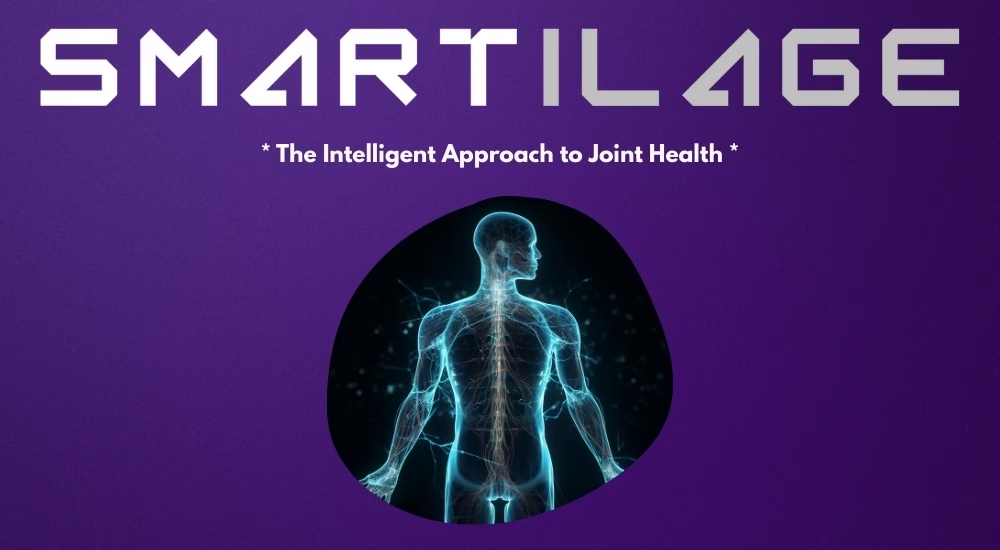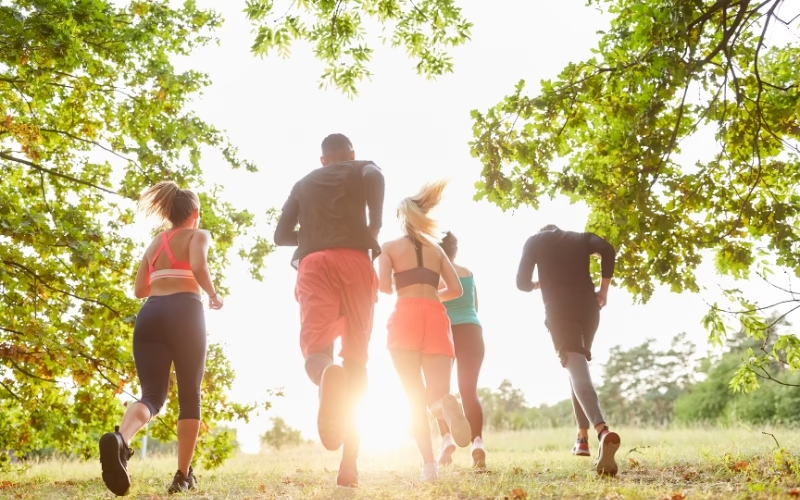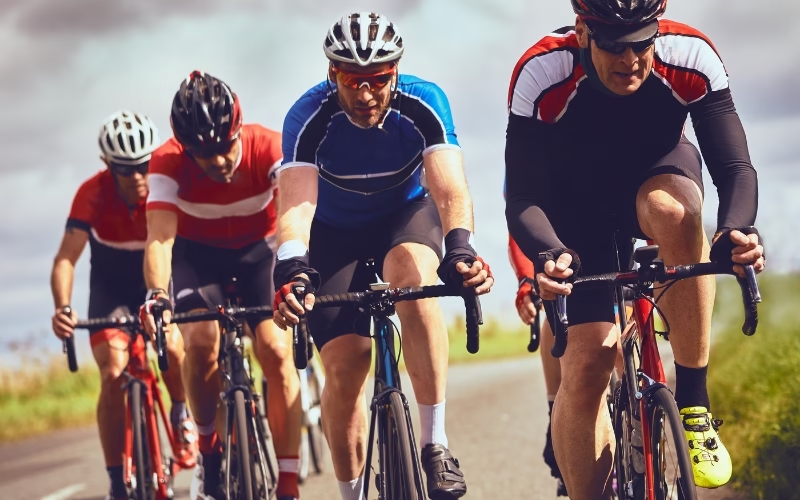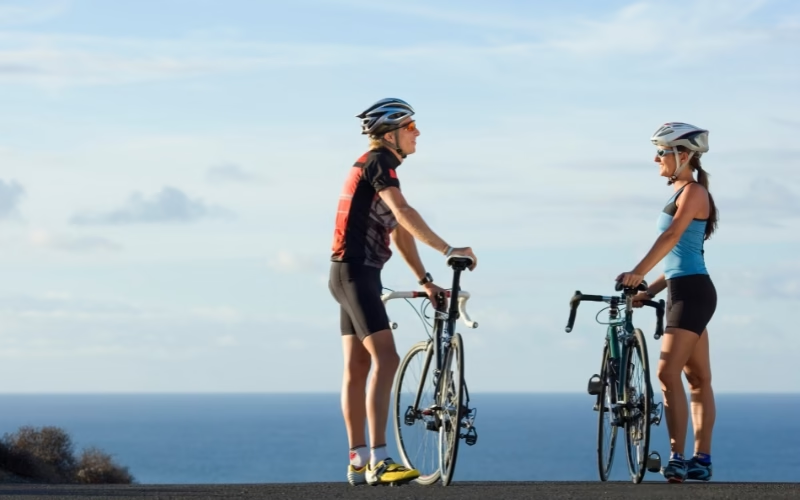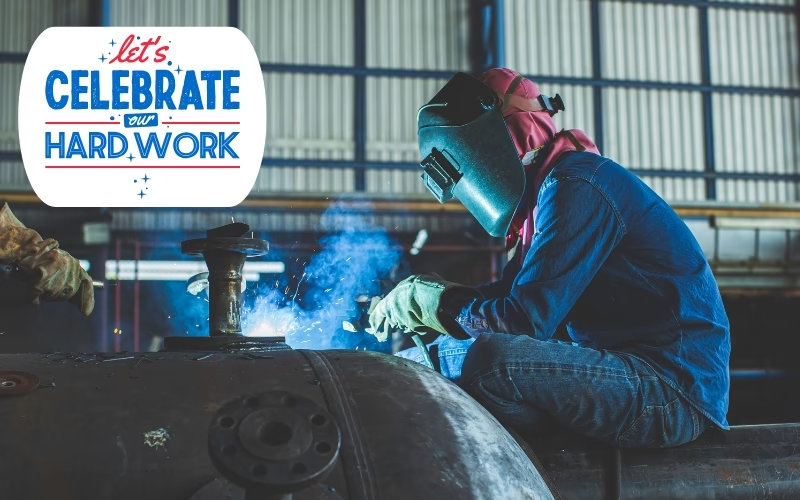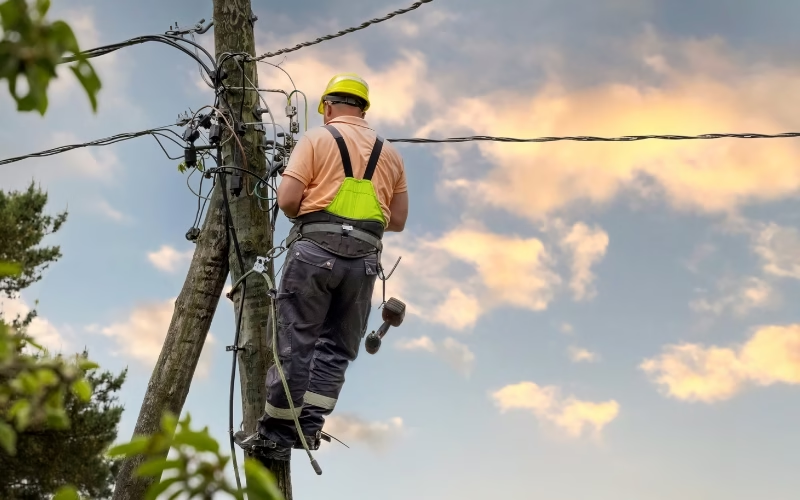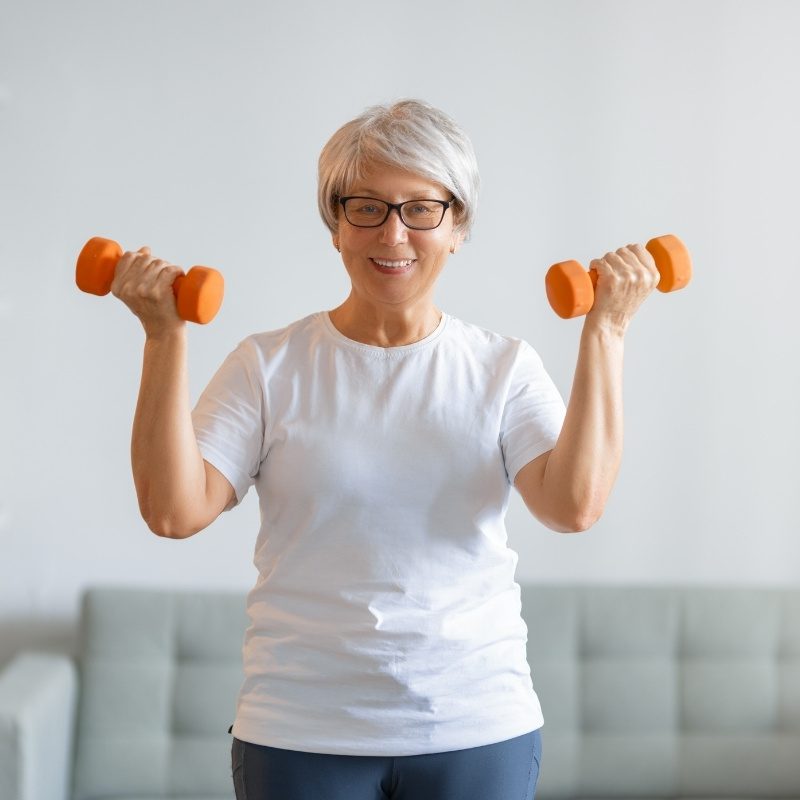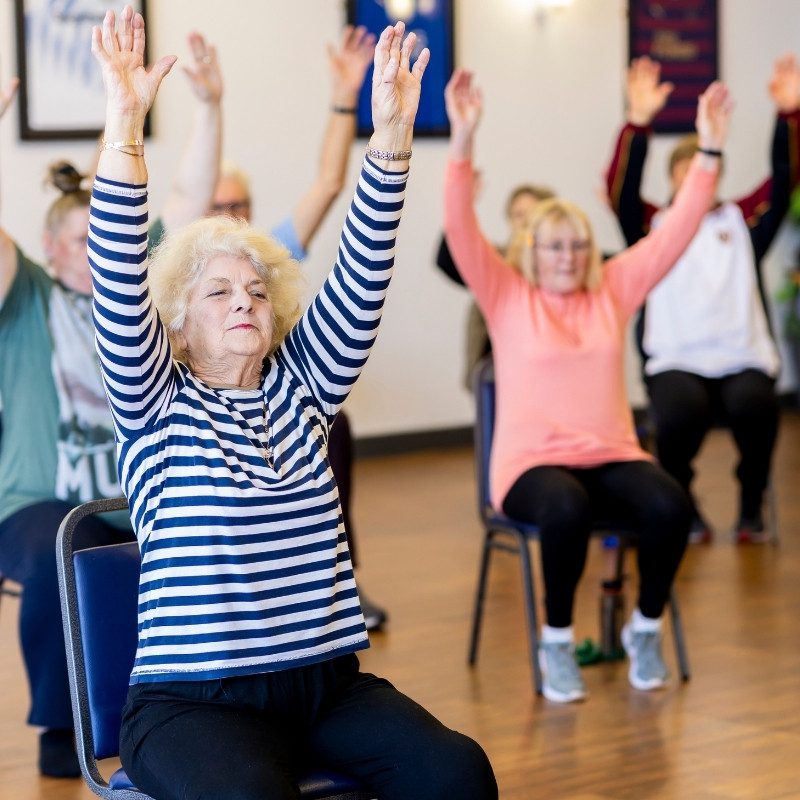There’s a unique joy that comes from hitting the pavement, whether it’s a serene morning jog through a city park trail or the focused determination of training for a marathon. Running offers a profound sense of freedom, boosts your mood, and is a cornerstone of an active lifestyle.
But if you’ve been running for any length of time, you’re likely familiar with its less glamorous side: the persistent aches, the twinges in the knees, the tightness in the hips. For many runners, the biggest challenge isn’t the distance itself, but keeping their body, especially their joints, happy and healthy enough to go the distance.
Runner Self-Care to Help You Go the Extra Mile
It’s a common story. The repetitive impact, mile after mile, places significant stress on the knees, ankles, and hips—the very joints that propel us forward. Ignoring these signals can lead to common setbacks like “runner’s knee,” shin splints, or even more persistent issues that threaten to sideline your passion.
But what if there was an intelligent way to approach your running, one that focused on longevity and comfort, allowing you to enjoy the road for years to come?
How Stress Contributes to Running Injuries
When it comes to injury prevention for runners, decreasing risk is one viable mitigation strategy. Don’t overdo it if you run with friends because you’re having fun and feel like showing off a bit. Have your route planned out so you don’t accidentally get lost in the woods and have to run extra just to get back to your car.
Learn to makes those gains incrementally over more time, rather than trying to push your body too much, too fast. Modulate your workout intensity to stay within your body’s limits using thoughtful progressions, not random workouts. This is where strength training can really pay off when dealing with impact forces.
Your Game Plan for Joint Health: Running Smarter, Not Harder
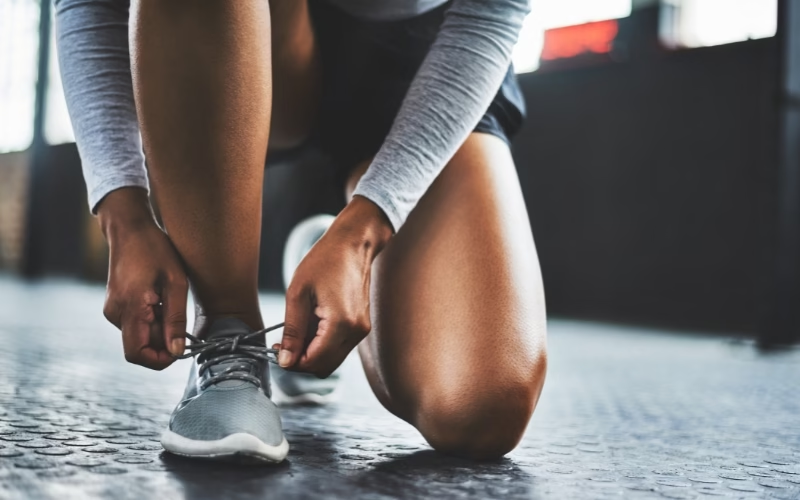
- The Right Foundation: Your Shoes. Your running shoes are your most critical piece of equipment. They provide the cushioning and support your joints need to absorb impact. Don’t let them wear out! Pay attention to the mileage you put on them (generally 300-500 miles) and replace them regularly. A fresh pair of shoes can make a world of difference in preventing pain and injury.
- Prepare and Recover: Warm-up and Cool-down. Just as you wouldn’t jump into a deep conversation without a greeting, don’t ask your body to go from zero to a hundred without a proper warm-up. Five to ten minutes of dynamic stretches (leg swings, high knees, butt kicks) prepares your muscles and joints for the demands ahead. Afterwards, static stretches (holding a stretch for 20-30 seconds) in your hamstrings, quads, and calves will help maintain flexibility and aid recovery.
- The Power of Rest and Recovery. In the world of running, rest days are not a sign of weakness; they are a critical component of strength. Your body needs time to repair and rebuild after the stress of a run. Over-training is a fast track to injury. Embrace rest days, prioritize quality sleep, and consider active recovery like gentle walking.
- Balance the Impact: Switch It Up. Running is a high-impact activity. To maintain balance and strengthen supporting muscles without adding more stress, incorporate cross-training into your routine. Low-impact activities like swimming, cycling, yoga, or strength training can build core stability, hip strength, and flexibility, which are all vital for protecting your running joints.
- Listen to Your Body’s Wisdom. Perhaps the most crucial advice for any runner is to truly listen to your body. Minor aches are one thing, but persistent or sharp pain is a signal you should never ignore. Pushing through pain often leads to more serious, long-term injuries. Be honest with yourself, scale back, and seek professional advice if needed.
Your passion for running should carry you forward, not hold you back with discomfort. By embracing these intelligent strategies and prioritizing your joint health, you can lace up your shoes with confidence and look forward to countless more miles of freedom and joy.
Do You Have All the Right Stuff for Your Next Big Run?
At Smartilage, we understand that true athletic longevity comes from supporting your body from the inside out. By combining smart training habits, proper equipment, and a foundational approach to joint health, you’re not just a runner; you’re an athlete making a long-term investment in your ability to perform and enjoy the open road for a lifetime.
The constant pounding from each stride places incredible stress on the cartilage in your knees, ankles, and hips, and your body’s ability to recover from this daily wear and tear is what keeps you in the game. This is where a proactive approach to your internal health becomes crucial.
Smartilage is designed to work at the cellular level, providing the building blocks necessary to help your body maintain joint comfort and flexibility. By supporting your joints from the inside out, you can bridge the gap between your passion for running and your body’s ability to keep up, allowing you to run farther, feel better, and enjoy your sport for a lifetime.
